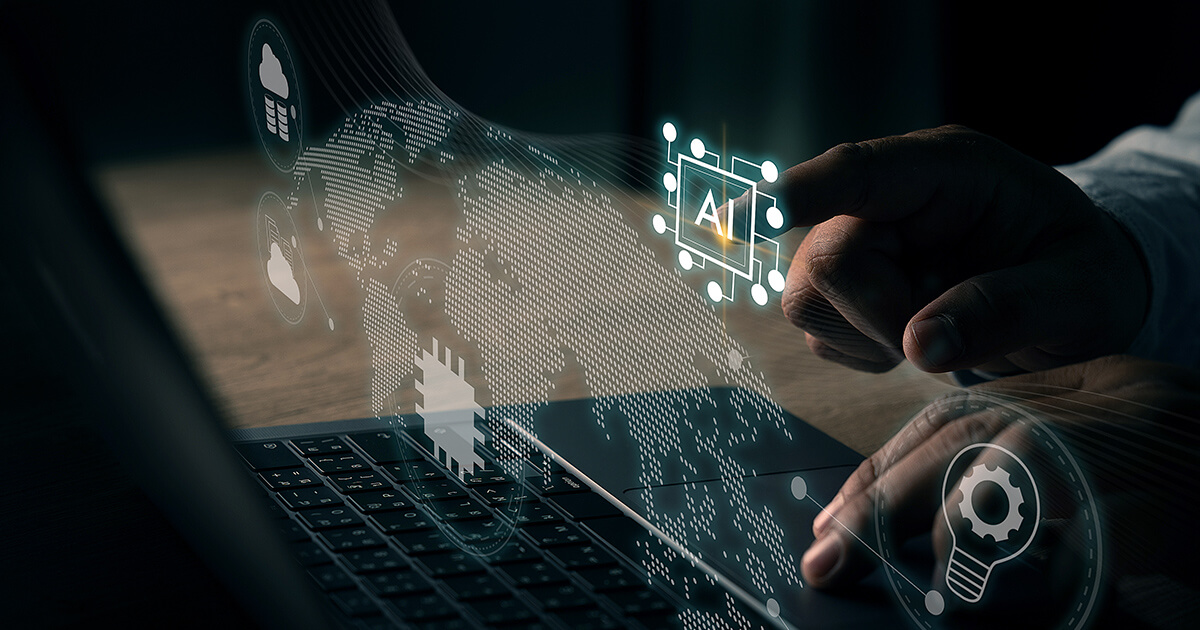In the age of information overload, businesses and organizations are constantly seeking innovative ways to extract meaningful insights from their vast pools of data. Traditional data visualization tools have long played a crucial role in helping us understand complex data sets, but with the advent of artificial intelligence (AI), these tools are undergoing a transformation. AI-powered data visualization is revolutionizing the way we interact with and interpret data, making it more accessible, impactful, and ultimately, indispensable for informed decision-making.
The Power of Data Visualization
Before diving into the world of AI-powered data visualization, let’s first acknowledge the significance of data visualization itself. It serves as the bridge between raw data and actionable insights, turning numbers, statistics, and trends into visual narratives that are easy to comprehend. Humans are naturally visual creatures, and our brains are wired to process visual information more efficiently than text or numbers alone. This is where data visualization shines, as it simplifies complex information, enabling us to spot patterns, trends, and anomalies with greater ease.
However, conventional data visualization tools often have limitations when dealing with massive and intricate data sets. This is where AI steps in, offering a new era of data visualization capabilities.
The AI Revolution in Data Visualization
Artificial intelligence is redefining the landscape of data visualization in several ways:
- Automated Insights: AI-powered data visualization tools can automatically generate insights from data, helping users discover meaningful patterns and correlations. These insights are not just limited to descriptive statistics but also include predictive and prescriptive analytics, allowing organizations to make data-driven decisions proactively.
- Personalized Visualization: AI algorithms can analyze user preferences and behaviors, tailoring data visualizations to suit individual needs. This means that different stakeholders within an organization can view data in a format that is most relevant and comprehensible to them, enhancing collaboration and understanding.
- Real-time Visualization: With AI, data can be visualized in real-time, enabling organizations to monitor key metrics and respond swiftly to changing circumstances. This capability is particularly valuable in industries such as finance, healthcare, and logistics, where timely decisions are critical.
- Natural Language Processing (NLP): AI-powered data visualization tools can incorporate NLP algorithms to provide context and explanations alongside visualizations. This makes the insights more interpretable and actionable, even for non-technical users.
- Data Integration: AI can facilitate the integration of data from various sources, including structured and unstructured data. This holistic approach to data visualization allows organizations to gain a more comprehensive understanding of their operations and customer interactions.
- Anomaly Detection: AI algorithms excel at identifying anomalies within data, whether they are outliers or potential security threats. This proactive approach to anomaly detection can save organizations from financial losses and reputational damage.
Case Studies: AI in Action
To better understand the impact of AI-powered data visualization, let’s look at a couple of real-world examples:
- Healthcare: AI-driven data visualization tools are helping healthcare providers analyze patient data more effectively. By visualizing patient histories and treatment outcomes, medical professionals can make more informed decisions, leading to better patient care and outcomes.
- E-commerce: Online retailers are using AI to create personalized product recommendations based on user behavior and purchase history. These recommendations are often presented through visually appealing interfaces, increasing customer engagement and sales.
Conclusion
AI-powered data visualization is not just a technological advancement; it’s a game-changer for businesses and organizations striving to harness the full potential of their data. By automating insights, personalizing visualizations, and integrating various data sources, AI is democratizing data interpretation and enabling more informed decision-making at all levels of an organization.
As AI continues to evolve, the future of data visualization promises even more exciting possibilities. It’s safe to say that AI-powered data visualization is not merely enhancing insights and decision-making; it’s reshaping the way we perceive and leverage data, ultimately driving innovation and competitiveness in the data-driven world. Embracing this revolution is not just a choice; it’s a necessity for those looking to thrive in the data-rich landscape of the 21st century.
